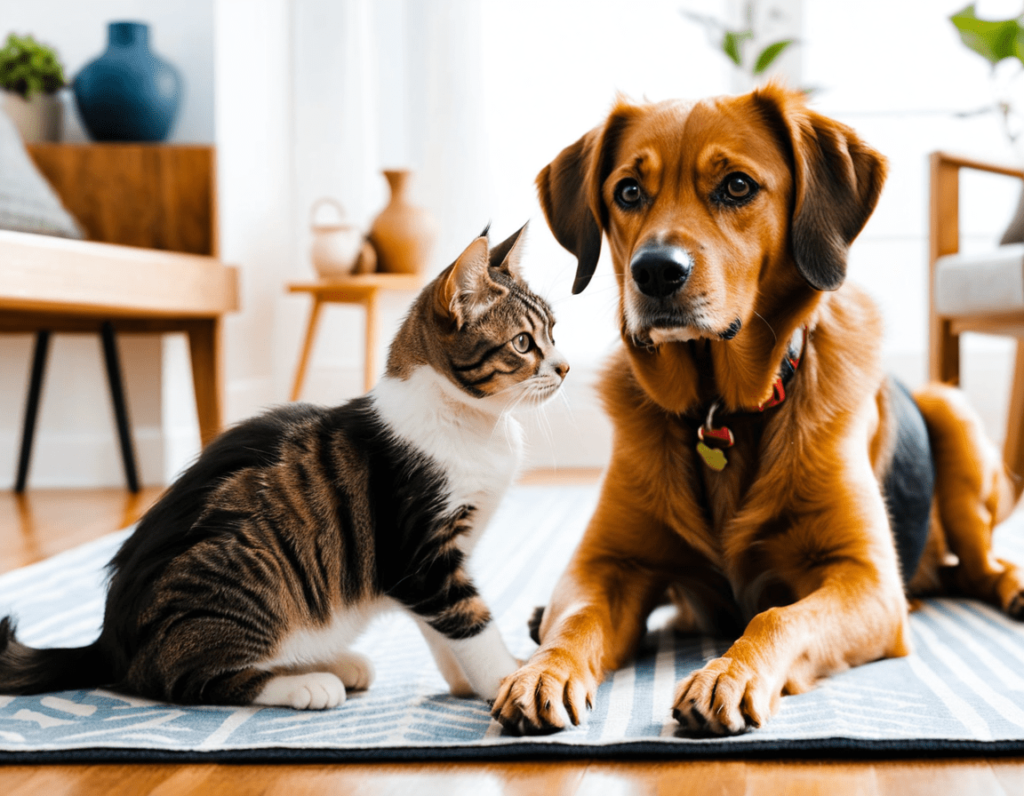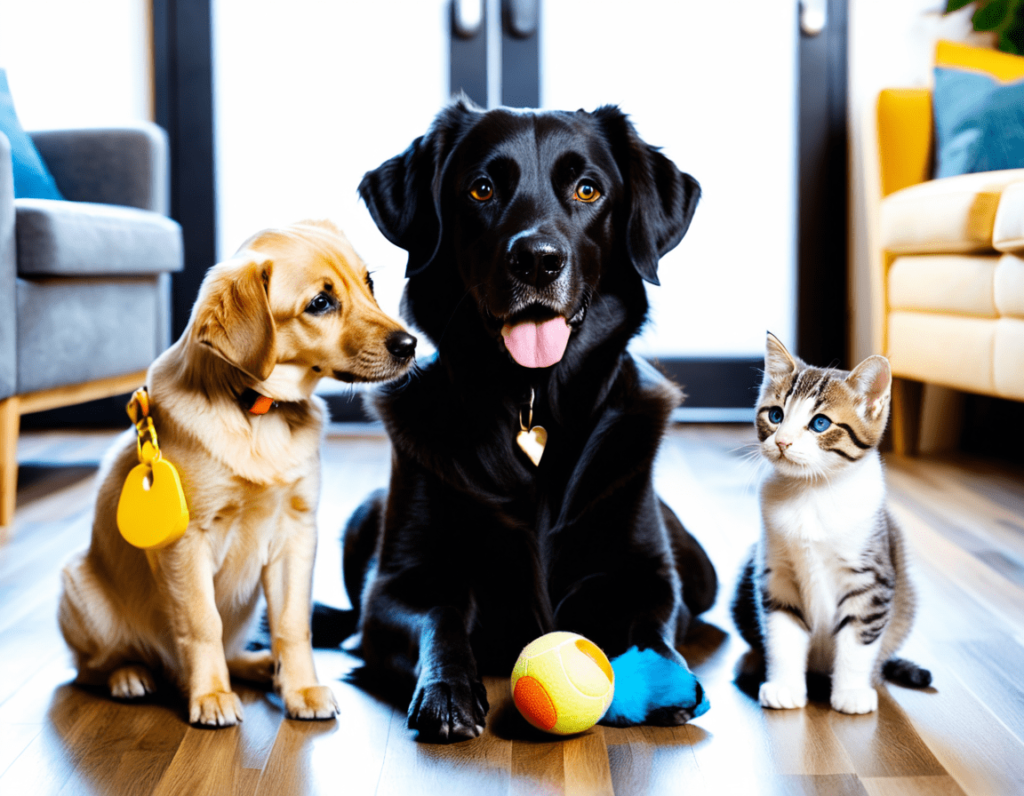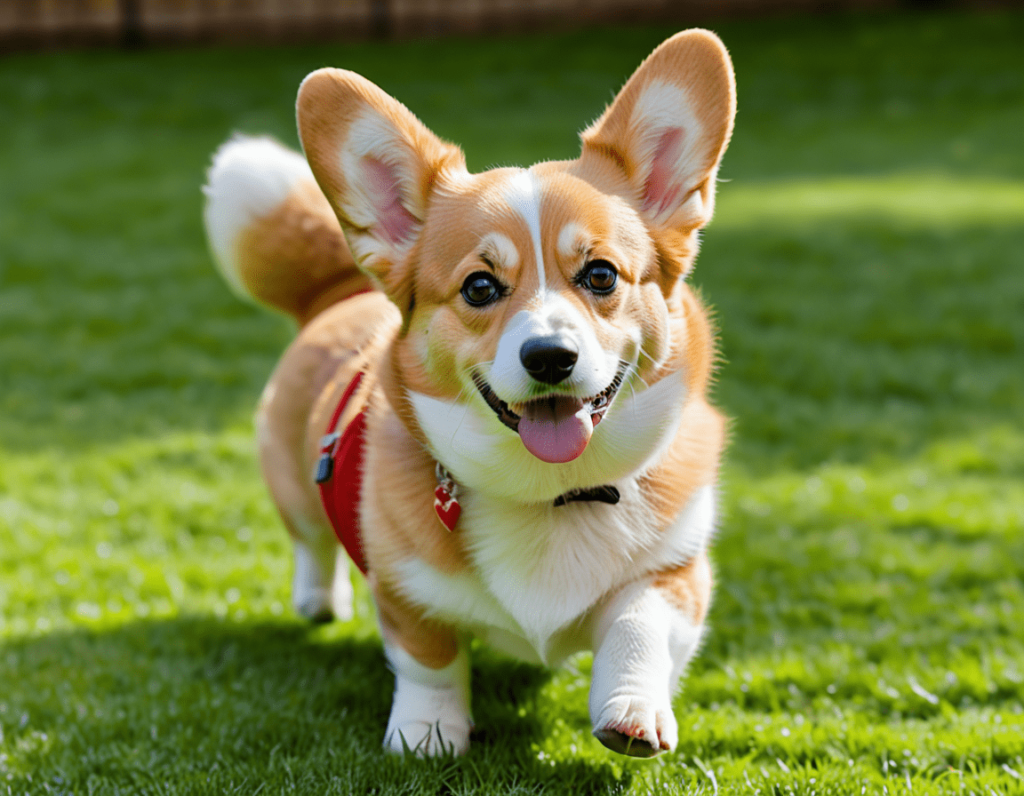
How to Introduce Dogs to Other Pets: A Simple Guide with a Dash of Humor
Introducing your new dog to other pets can feel a bit like hosting a family reunion where everyone is a little unsure of each other. Will there be growls? Tail wags? An unexpected game of chase? Fear not! With a sprinkle of patience and a touch of humour, you can set the stage for a harmonious home. Let’s dive into some simple steps to ensure everyone gets along!
Step 1: Prepare Your Space
Before your dog meets the rest of the crew, make sure your home is pet-friendly. This means removing any hazards, such as chewable cords, breakable items, and any potential ninja-like escape routes. Think of it as dog-proofing your home. It’s like baby-proofing, but with more fur and less crying.
Tip: Create a separate space for each pet during the initial introduction. This could be a cosy crate or a designated room where they can chill and get used to the idea of sharing their space. It’s like giving them their own VIP lounge before the big party!
Step 2: The Introduction Process
Now that your space is set, it’s time for the introductions. This is where the magic (and sometimes chaos) happens.
- Leash Up: Keep your dog on a leash during the first meeting. This gives you control and helps prevent any spontaneous zoomies. Trust us, nothing says “welcome” like a dog flying across the room and startling everyone.
- Smell the Roses: Allow your pets to sniff each other from a safe distance. Dogs learn a lot from sniffing, and it’s like their version of a “hello.” If they seem curious rather than aggressive, you’re on the right track. If they look more like they’ve just smelled a skunk, it might be time to take a step back.
- Short and Sweet: Keep the first interaction brief. A few minutes is usually enough. Think of it like a first date—you want to leave them wanting more, not wondering how quickly they can escape!
Step 3: Gradual Exposure
After the initial meet and greet, it’s time to gradually increase their interactions. This process can take days, weeks, or even longer, depending on the pets involved. Just remember: patience is key.
- Supervised Playtime: Allow your dog and other pets to play together under supervision. If things get a bit too raucous, don’t hesitate to step in. Think of yourself as the referee in a very furry boxing match.
- Positive Reinforcement: Reward all pets with treats and praise when they behave well together. You can never go wrong with snacks! Just like us, pets love a good pat on the back (or a treat in their mouth).
Step 4: Monitor Behavior
As your dog and other pets get comfortable with each other, keep an eye on their behavior. Look for signs of stress, aggression, or fear. If one of the pets seems uncomfortable, it might be a good idea to give them some space.
Funny Thought: Remember, if your dog is barking more than usual, it might just be their way of auditioning for a role in the next big dog film!
Step 5: Create a Routine
Once your dog and other pets are getting along, establish a routine that includes everyone. This can involve shared playtime, feeding schedules, and designated quiet times. A little structure goes a long way in maintaining harmony.
Pro Tip: Don’t forget to give each pet some individual attention. Just like people, pets can get jealous if they feel left out.

Conclusion: The Pawsitive Outcome
Introducing a new dog to your other pets might take a little time, but the effort is worth it. Soon enough, you’ll have a happy pack that knows how to share toys and maybe even the couch (good luck with that!). Just remember to approach each step with patience and a sense of humor. If things get a little ruff, just take a deep breath, laugh it off, and remember that every pet is unique.
Bonus Tips for Success
To further ensure a smooth transition when introducing dogs to other pets, consider these additional tips:
1. Keep Calm and Carry Treats
It’s important for you to remain calm during the introductions. Dogs can sense your emotions. If you’re nervous, your dog might think there’s something to worry about. So, channel your inner Zen master and maybe toss in a few treats to sweeten the deal. Nothing diffuses tension like snacks!
2. Use a Familiar Scent
When introducing your new dog, bring a blanket or toy that smells like your other pets. This can help your new dog feel more comfortable and familiar with the smells of their future companions. It’s like giving them a sneak peek of the family before they arrive.
3. Know Your Pets
Different breeds have different temperaments. Some dogs are natural social butterflies, while others may be more reserved. Take this into account when planning introductions. For example, a Chihuahua may not appreciate a Great Dane barging into their space! Always consider the personalities involved.
4. Create Safe Spaces
Ensure that every pet has their own space where they can retreat if they need a break. This can be a cozy bed or a special corner in the house. Think of it as their personal zen zone, where they can chill and recharge.
5. Keep an Eye on Body Language
Dogs communicate a lot through their body language. Pay attention to signs of stress or discomfort, such as lowered ears, tucked tails, or intense staring. If you notice these signs, it’s a cue to take a step back and allow your pets to settle down.
Fun Fact: A wagging tail doesn’t always mean a happy dog! Sometimes it’s just a sign that they’re excited (or slightly anxious). It’s like that friend who talks a lot when they’re nervous—just because they’re chatting doesn’t mean they’re having a good time!
6. Be Patient with the Process
Some pets take longer to adjust than others. Don’t rush the process; allow your pets to dictate the pace. You might even want to write down some of the funny moments along the way. Who knows? You could have a heartwarming pet memoir in the making!
7. Seek Professional Help if Needed
If the introductions aren’t going well despite your best efforts, consider consulting a professional dog trainer or animal behaviorist. Sometimes a fresh pair of eyes can make all the difference.

Conclusion: The Joy of a Multi-Pet Household
With a little effort, time, and plenty of treats, you can create a happy multi-pet household. Watching your pets bond and play together is one of the most rewarding experiences. Plus, think of all the funny moments you’ll have to share with friends and family—like the time your dog tried to befriend the cat and ended up in a furball tumble!
Remember, introducing dogs to other pets is a journey filled with ups and downs, but with love, patience, and a few laughs along the way, you’ll soon have a delightful home full of wagging tails and happy purrs. Good luck, and may your home be filled with the joyous sounds of paws and purrs!
Introducing Dogs to Other Pets FAQs:
1. What is the best age to introduce a dog to other pets?
Answer: While it’s never too late to introduce pets, younger animals tend to adapt more easily. Puppies are generally more adaptable than older dogs, but adult dogs can also learn to coexist with other pets if introduced carefully.
2. How long does the introduction process typically take?
Answer: The introduction process can vary widely depending on the pets involved. Some may become friends within a few days, while others might take weeks or even months. Patience is key!
3. What should I do if my dog shows aggression toward my other pets?
Answer: If your dog displays aggressive behaviour, it’s crucial to separate them immediately to prevent any injuries. Gradually reintroduce them using positive reinforcement techniques and consider consulting a professional trainer for guidance.
4. Can I introduce my dog to my pet rabbit?
Answer: Yes, but with extreme caution! Rabbits and dogs can coexist, but it requires careful introductions and supervision. Always keep the rabbit in a safe area and introduce them slowly, allowing the dog to observe from a distance before getting closer.
5. What if my dog and cat don't get along?
Answer: Cats and dogs can have different communication styles, which can lead to misunderstandings. Allow them to establish their boundaries, and consider using barriers (like baby gates) for initial introductions. Gradual exposure can help them adjust over time.

6. Should I give my pets treats during introductions?
Answer: Absolutely! Treats are a great way to create positive associations during introductions. Reward all pets for calm behaviour, which helps reinforce that good things happen when they’re together.
7. What are some signs that my pets are getting along?
Answer: Look for signs of relaxed body language, such as wagging tails (for dogs), playful postures, and grooming behaviors. If they seem comfortable and curious about each other, that’s a good sign!
8. How can I make my pets feel more comfortable during introductions?
Answer: Creating a calm environment can help. Use soothing music, keep noise levels low, and ensure each pet has a safe space to retreat to if they feel overwhelmed. A little ambiance can go a long way in easing tensions!
9. Can I leave my dog and other pets alone together after they seem to get along?
Answer: It’s best to supervise interactions until you’re completely confident that all pets can coexist peacefully. Even after they appear to get along, it’s wise to gradually increase their time together while you’re present.
10. What if my pets don’t become friends?
Answer: Not all pets will become best buddies, and that’s okay! It’s important to respect each pet’s boundaries. They can learn to coexist peacefully even if they don’t form a close bond. Just ensure each pet feels secure in their space.


